
Post-apocalyptic films, whether set in deserts or icy wastelands, explore what happens when society collapses and people have to start over. This list covers everything from lesser-known favorites to big-budget hits, showcasing different kinds of disasters – from viruses and nuclear war to robot rebellions and fights over dwindling resources. It’s a great way to revisit old favorites or find new ones, and pick a movie that matches your preferred vision of the end of the world.
‘The Postman’ (1997)

Kevin Costner’s film follows a mysterious traveler who unexpectedly revives a forgotten mail route connecting isolated towns. He both directs and stars in this adaptation of David Brin’s novel, which uses mail delivery to represent the rebuilding of connection and trust after a societal breakdown. Filmed in Oregon and Arizona, the movie features realistic sets and a lengthy runtime that allows it to delve into how communities and systems can be rebuilt from the ground up.
‘Waterworld’ (1995)

This movie takes place in a future where rising sea levels have flooded most of the world, leaving only small, floating islands. People survive by scavenging and trading, but are constantly threatened by pirates who need fuel to operate. Kevin Costner stars as a sailor who has physically adapted to this watery world, with webbed feet and gills. The filmmakers built huge, floating sets in Hawaii and performed many elaborate stunts. The story centers around a legendary map that supposedly leads to solid ground, and how valuable things like dirt become when land is so scarce.
‘A Boy and His Dog’ (1975)

This darkly humorous story centers on a dog with telepathic abilities who helps his teenage companion navigate a desolate American Southwest. Adapted from a story by Harlan Ellison, the narrative highlights the contrast between those struggling to survive on the surface and a hidden community rigidly stuck in the past. The story examines how people cope with limited resources, focusing on finding food, bartering, and forming unsteady partnerships. Because it was made on a tight budget, the film relies on abandoned locations and simple effects to portray a society reduced to its most basic needs.
‘Bird Box’ (2018)
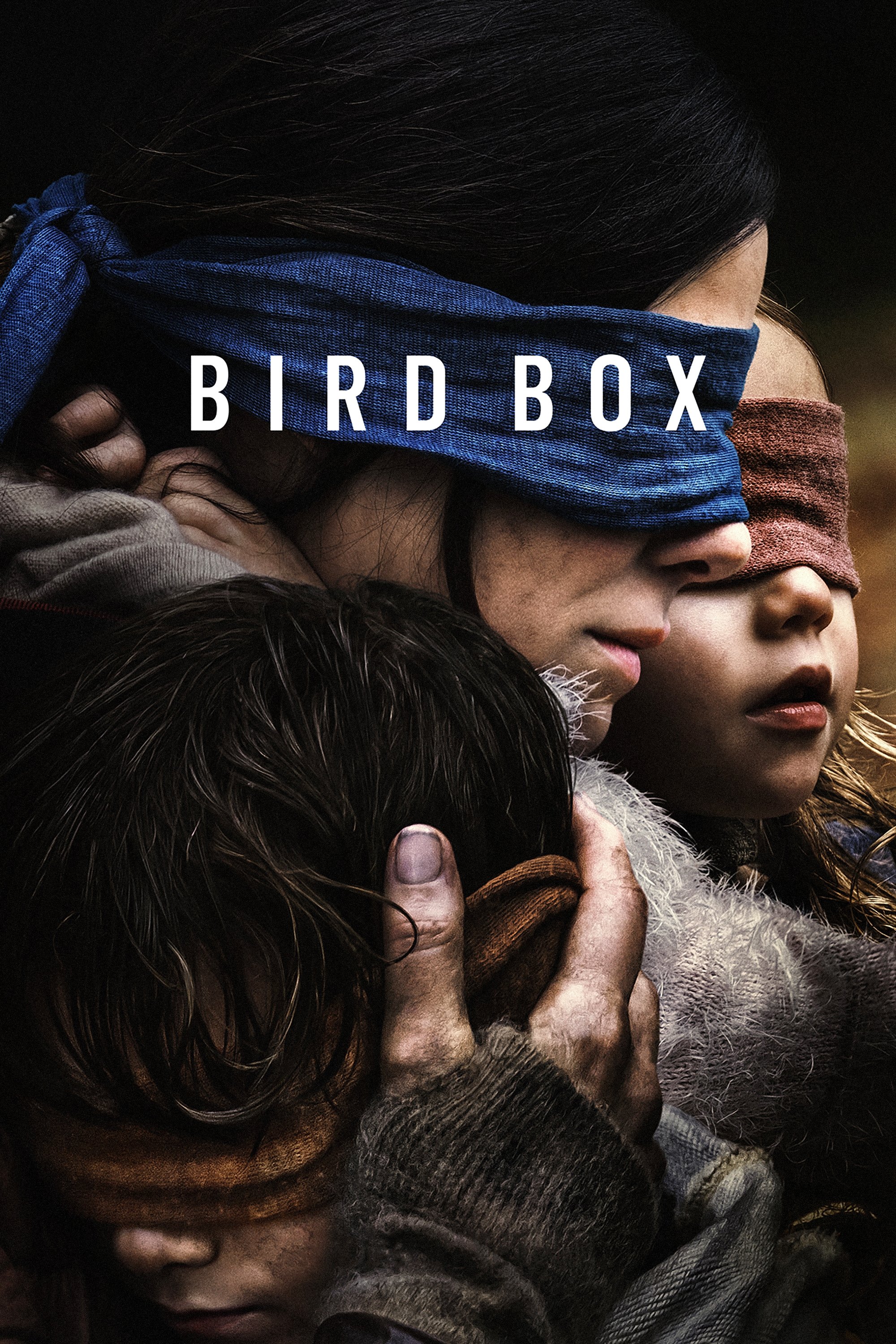
Something mysterious is causing people to turn violent, leaving those who survive to rely on other senses. The film follows Sandra Bullock and a group who learn to navigate using sound, ropes, and memorization, after being forced to go blind. The story jumps between the initial chaos and a later, calmer journey down a river towards a safe haven, highlighting how important communication and trust become when you can’t rely on sight.
‘The Girl with All the Gifts’ (2016)

A dangerous fungus is changing people, but strangely, it’s making a group of children incredibly intelligent and able to spread the infection. The story centers on a research team, protected by the military, as they search for a cure in abandoned cities. Based on a novel by M.R. Carey, the narrative combines moral lessons with the challenges of surviving in the wild. The city scenes were filmed on location, showing nature reclaiming the streets and people using whatever they can find to get by.
‘The Book of Eli’ (2010)
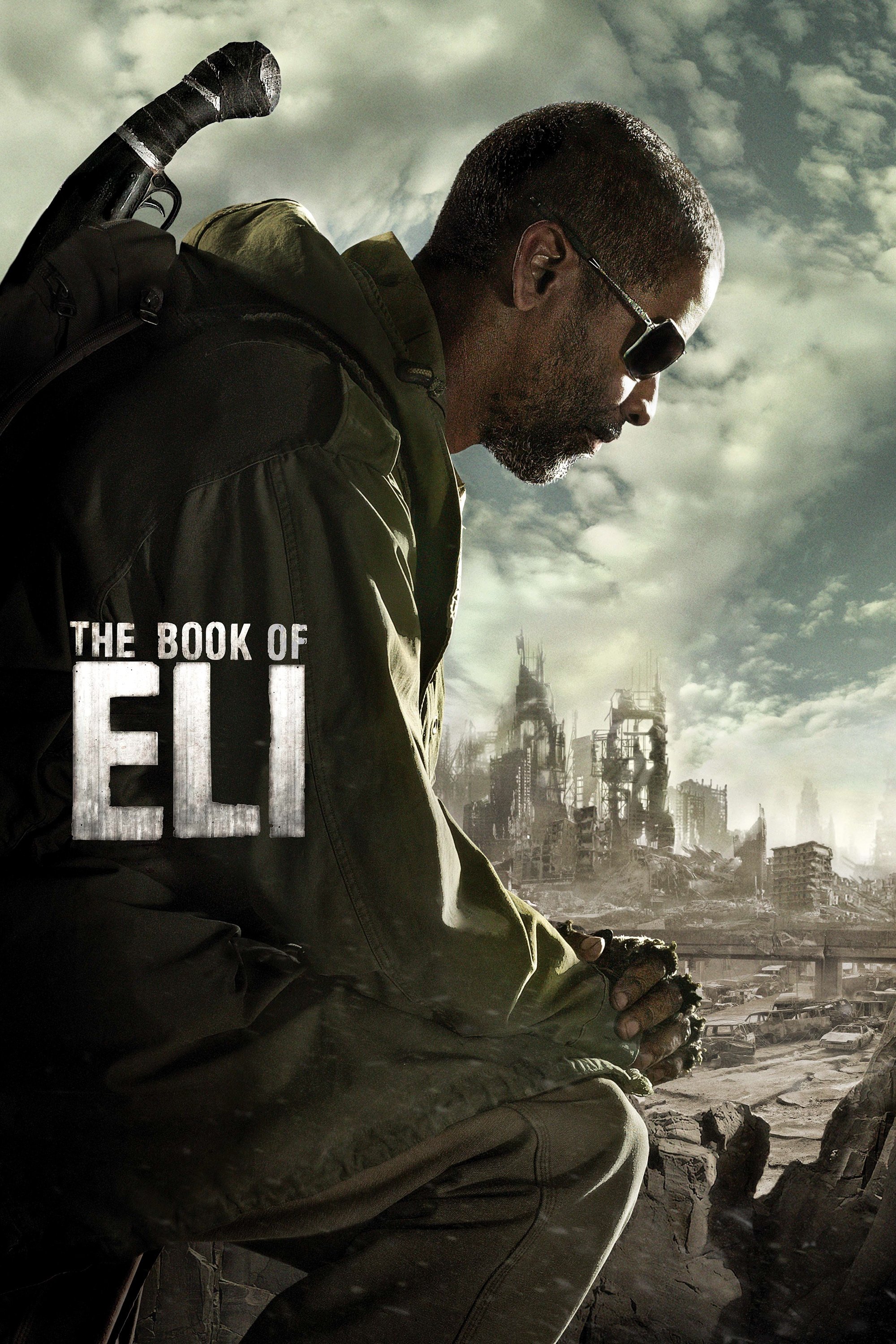
Denzel Washington stars as a wanderer protecting an important book that holds cultural significance for different communities. The movie depicts a post-apocalyptic world where power comes from trading, controlling water, and the ability to print. Its visuals, with a faded, brownish tone and harsh landscapes, emphasize the effects of sun damage and the constant struggle for resources. The story explores how knowledge itself – not just things like gasoline – can be used to rebuild or control these settlements.
‘World War Z’ (2013)
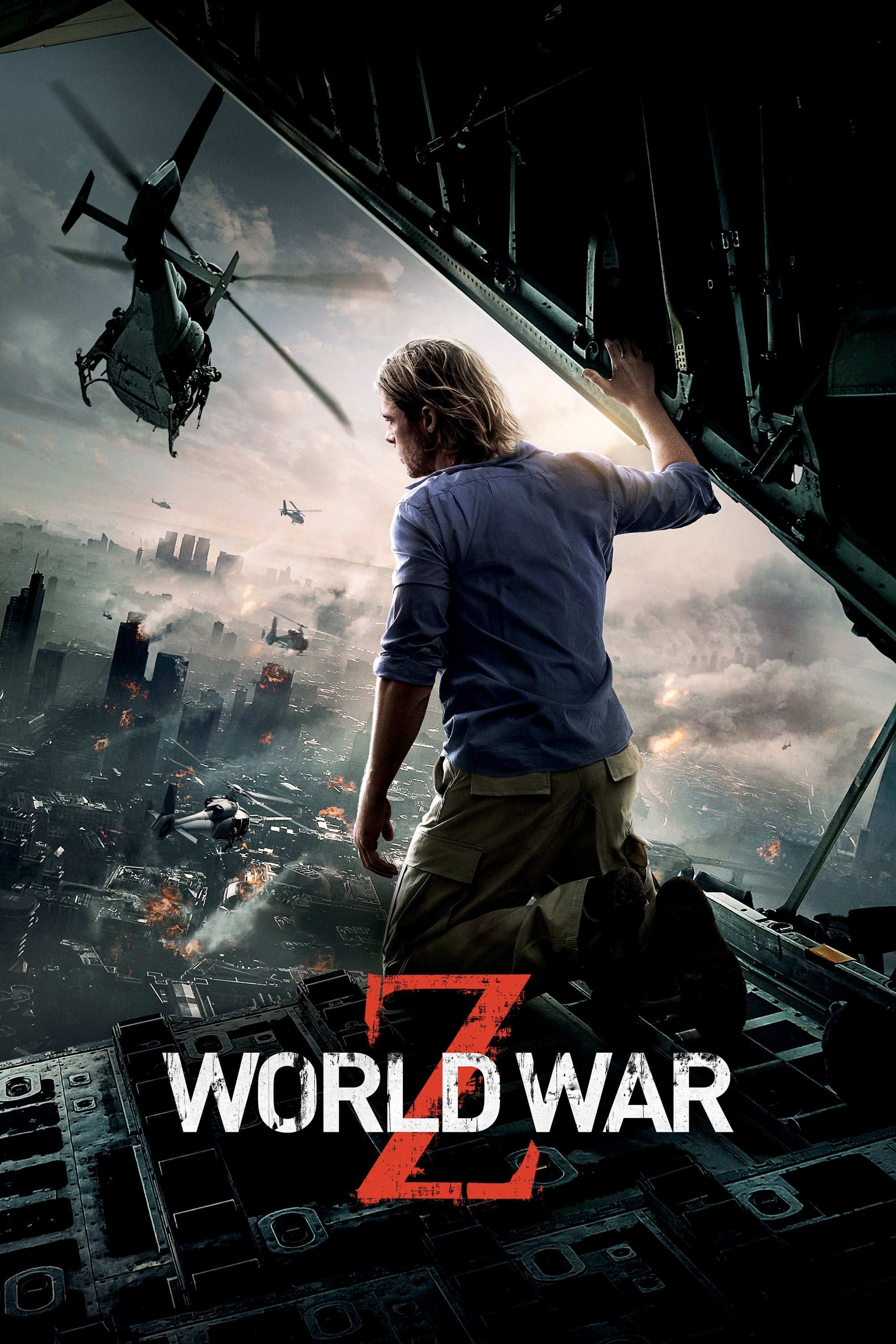
When a worldwide epidemic breaks out, a former UN investigator travels the globe, trying to predict how the disease will spread. The film depicts various reactions to the crisis, including city evacuations, military medical care, and lab-based containment efforts. Important scenes in Jerusalem and on a plane highlight the challenges of controlling the spread through border security and managing outbreaks during travel. The movie realistically portrays epidemiological techniques like identifying the first patient and using the disease’s symptoms to their advantage.
’12 Monkeys’ (1995)

This movie follows a prisoner who travels through time to study a dangerous virus that forces people to live in underground bunkers. We see glimpses of the future, including these bunkers with limited supplies, and a world where animals are reclaiming the surface. Scientists are also working to piece together what happened. The film, which draws inspiration from a short film called ‘La Jetée’, uses repeating images to highlight how important memory is to healing. The story centers around how mistakes in understanding evidence can doom efforts to stop the virus, even when it’s too late.
‘The Omega Man’ (1971)

In the film, Charlton Heston plays a scientist who thinks he’s the only healthy person left in Los Angeles after a biological attack. The city is deserted, with dark buildings and people relying on generators, leading to a life of searching for supplies and building defenses. The infected have formed a group that hates technology, and the story becomes a battle over what knowledge is important. The film is based on Richard Matheson’s ‘I Am Legend’ and centers around the search for a vaccine, with the scientist doing lab work on his own.
‘I Am Legend’ (2007)

In a deserted Manhattan, Will Smith plays a scientist working to find a cure for a dangerous, evolved virus. The movie shows the empty city, created with blocked roads, overgrown plants, and digital effects to enhance the ruins. It focuses on how he survives day-to-day, including conserving fuel, avoiding sunlight, and using radio signals. We also see flashbacks that reveal how the city was evacuated and how quarantine measures were put in place as the virus spread.
‘The Road’ (2009)

This film, based on Cormac McCarthy’s novel, tells the story of a father and son traveling across a desolate, ash-covered America with all their belongings in a cart. The filmmakers intentionally shot in real, burned forests and cold coastal areas to create a realistic, rather than artificial, look. The narrative focuses on the everyday challenges of survival – finding food, choosing safe places to rest, and evaluating dangers – at each location. Trust, maps, and even a single flare gun become incredibly important tools in a world where resources are disappearing.
‘Snowpiercer’ (2013)
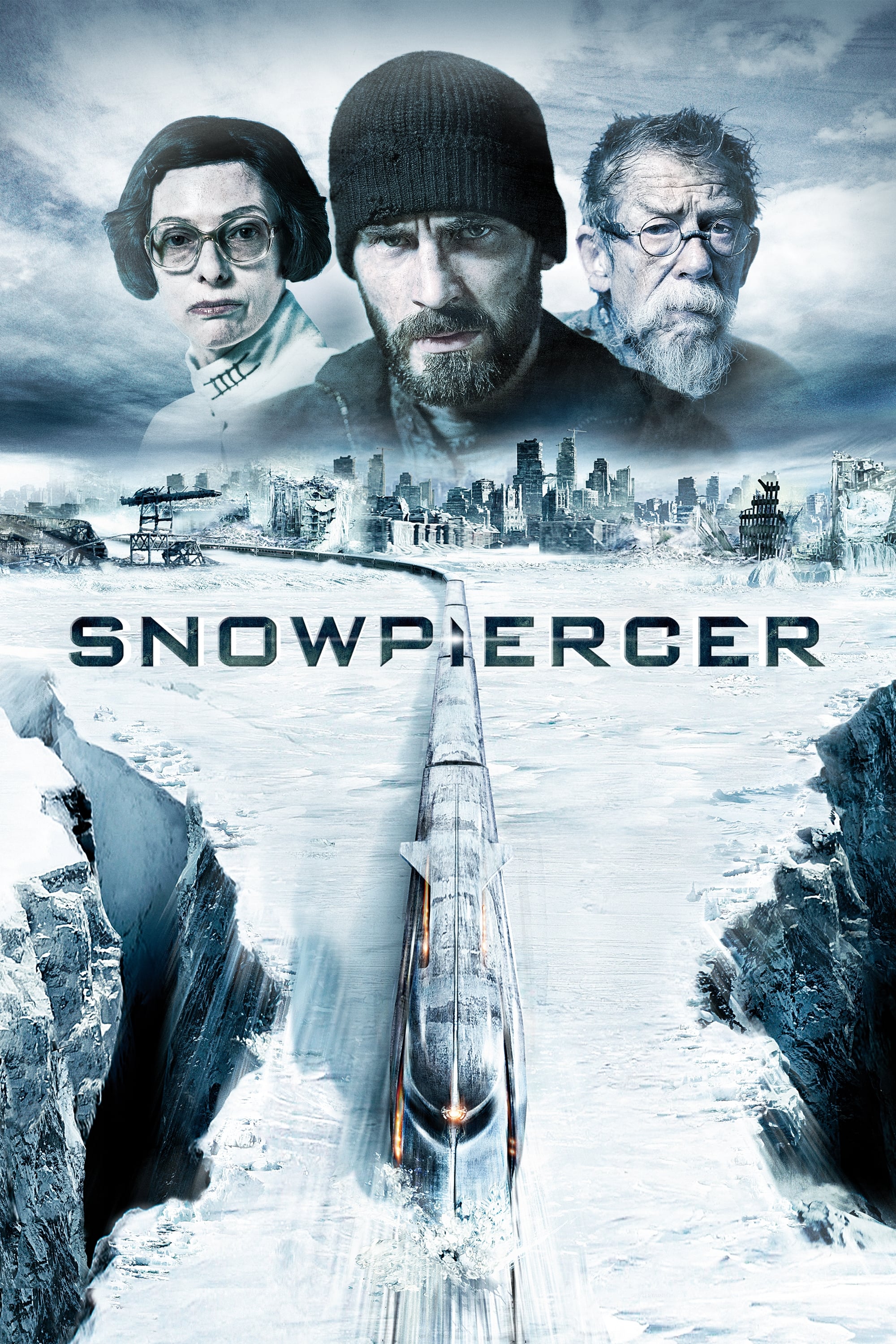
After a failed attempt to fix the climate turns Earth into a frozen wasteland, the last of humanity lives on a constantly moving train. The train is divided into sections that clearly show the different social classes – from the quality of their food and water to the education they receive. The train’s engine isn’t just what powers the vehicle; it represents power and control, dictating everything from temperature and speed to the social hierarchy. We see how this complex system is maintained through glimpses into the kitchens, gardens, and security areas on board, and the action reveals the lengths they go to for survival.
‘A Quiet Place Part II’ (2021)

This new installment revisits the very beginning of the invasion, then focuses on different characters trying to survive. It builds on the original game’s stealth mechanics, expanding them from rural areas to towns and islands, and introduces radio communication as a key strategy. Players will explore new environments like train yards, docks, and shelters, forcing them to adapt how they move and plan. The story highlights how even a small group of people can dramatically change the challenges of finding supplies and avoiding danger.
‘War for the Planet of the Apes’ (2017)
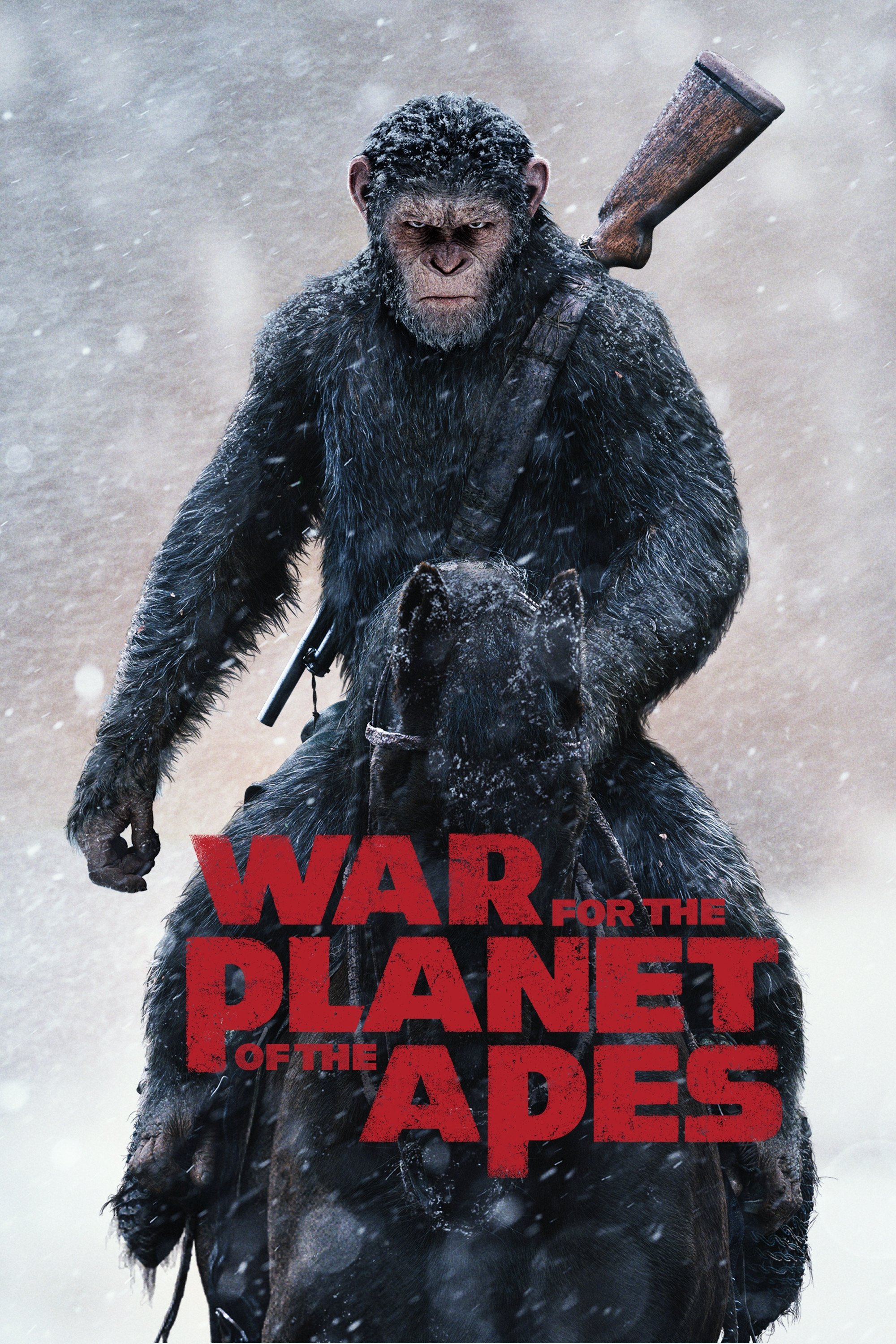
Following a collapse of civilization, groups of apes and humans develop distinct ways of leading, organizing resources, and building defenses. The film uses advanced motion-capture technology to create realistic and compelling scenes of leaders interacting and negotiating. It realistically portrays life within a fortified settlement, including the challenges of forced labor, managing supplies, and preventing rebellion. Ultimately, the story concludes a three-part saga by illustrating how movement of people and the need for security influence the formation of new communities.
‘Zombieland’ (2009)
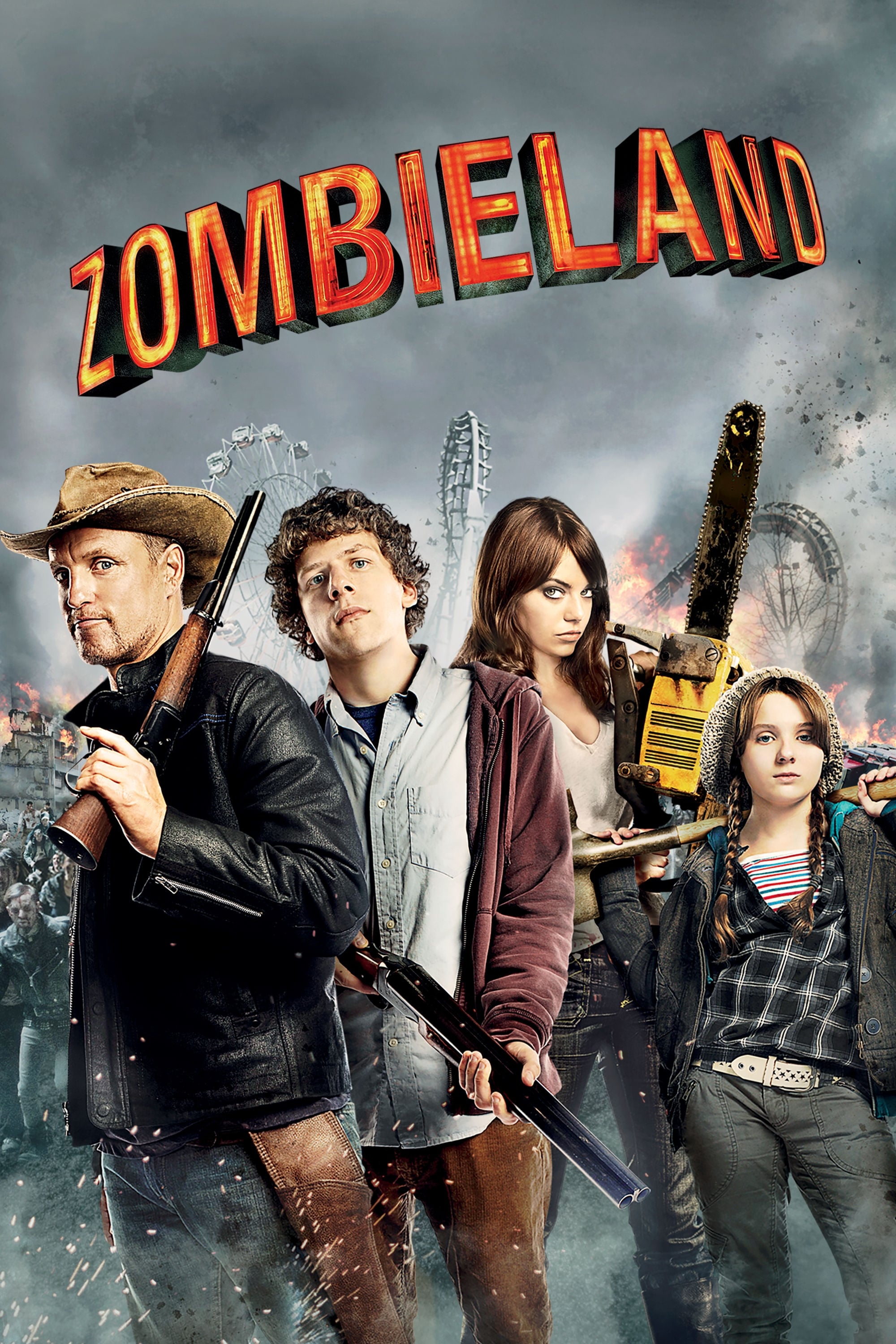
In a near-empty United States, a group travels by convoy, following a set of rules for survival – covering everything from hygiene to how to handle encounters with others. They focus on finding fuel, using power from abandoned amusement parks, and scavenging for supplies in supermarkets. The story also shows flashbacks of the initial breakdown of society, through scenes set in airports and neighborhoods. Everyday things like nicknames, who sits where, and staying in shape are presented as essential parts of how the group functions and survives on the road.
‘A Quiet Place’ (2018)

This family lives a quiet life, relying on things like sandy paths, sign language, and a specially designed house to block out noise. Their farmhouse also serves as a lab where they study sound and plan defenses. Getting supplies is a carefully planned operation, involving specific routes to pharmacies, crossing bridges, and climbing silos. The story focuses on how they use sound, vibrations, and protective equipment to stay safe from dangers around them.
’28 Days Later’ (2002)
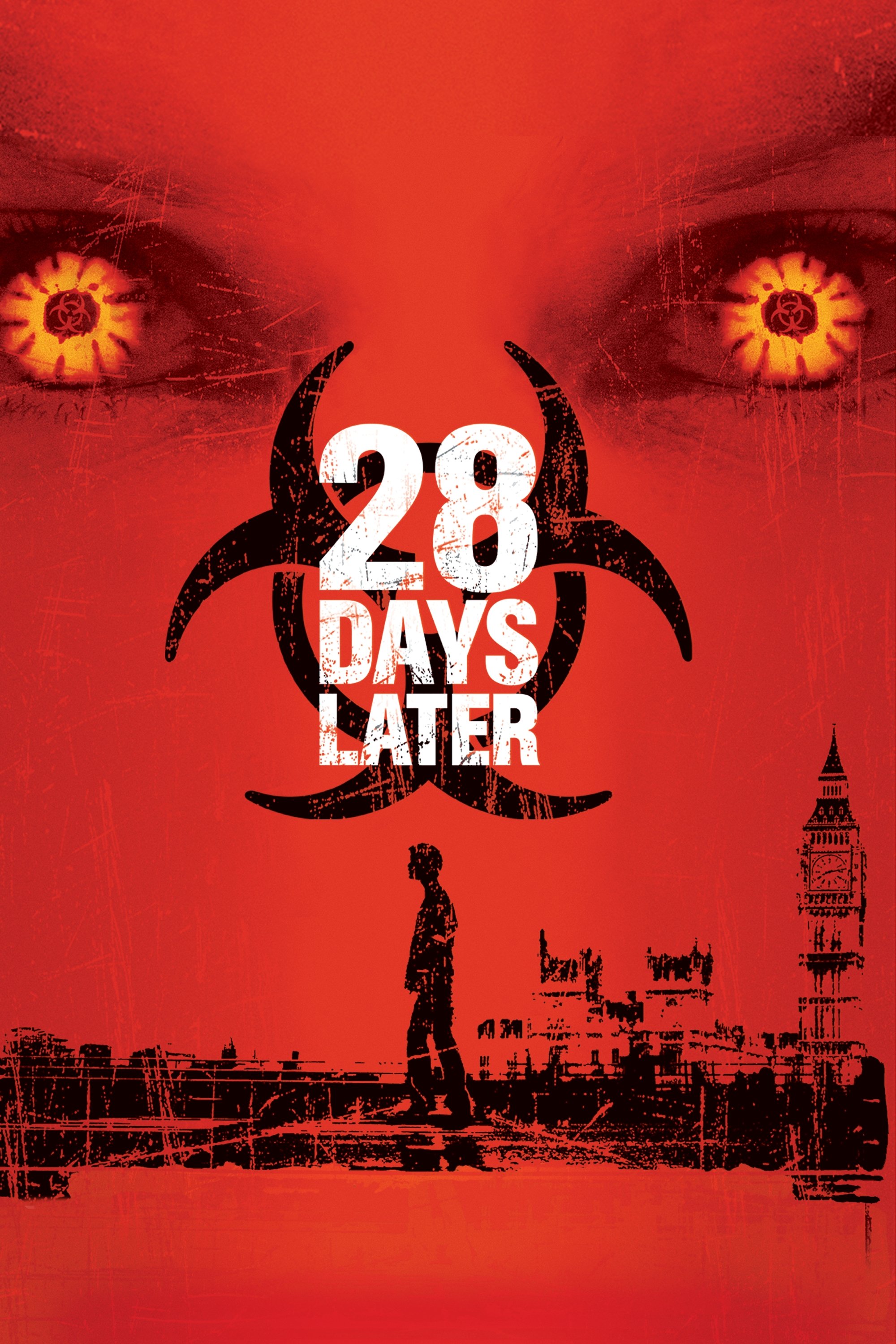
A delivery driver wakes up in a deserted hospital to discover a widespread rage virus has wiped out cities in just weeks. He uses a digital camera and location data to document the empty streets of London at sunrise. The group experiments with finding safe places in the countryside, how to power them with generators, and how to build effective defenses. While military bases offer some safety, questions arise about who’s in charge and whether they can survive for the long haul without a functioning central government.
‘Mad Max 2’ (1981)
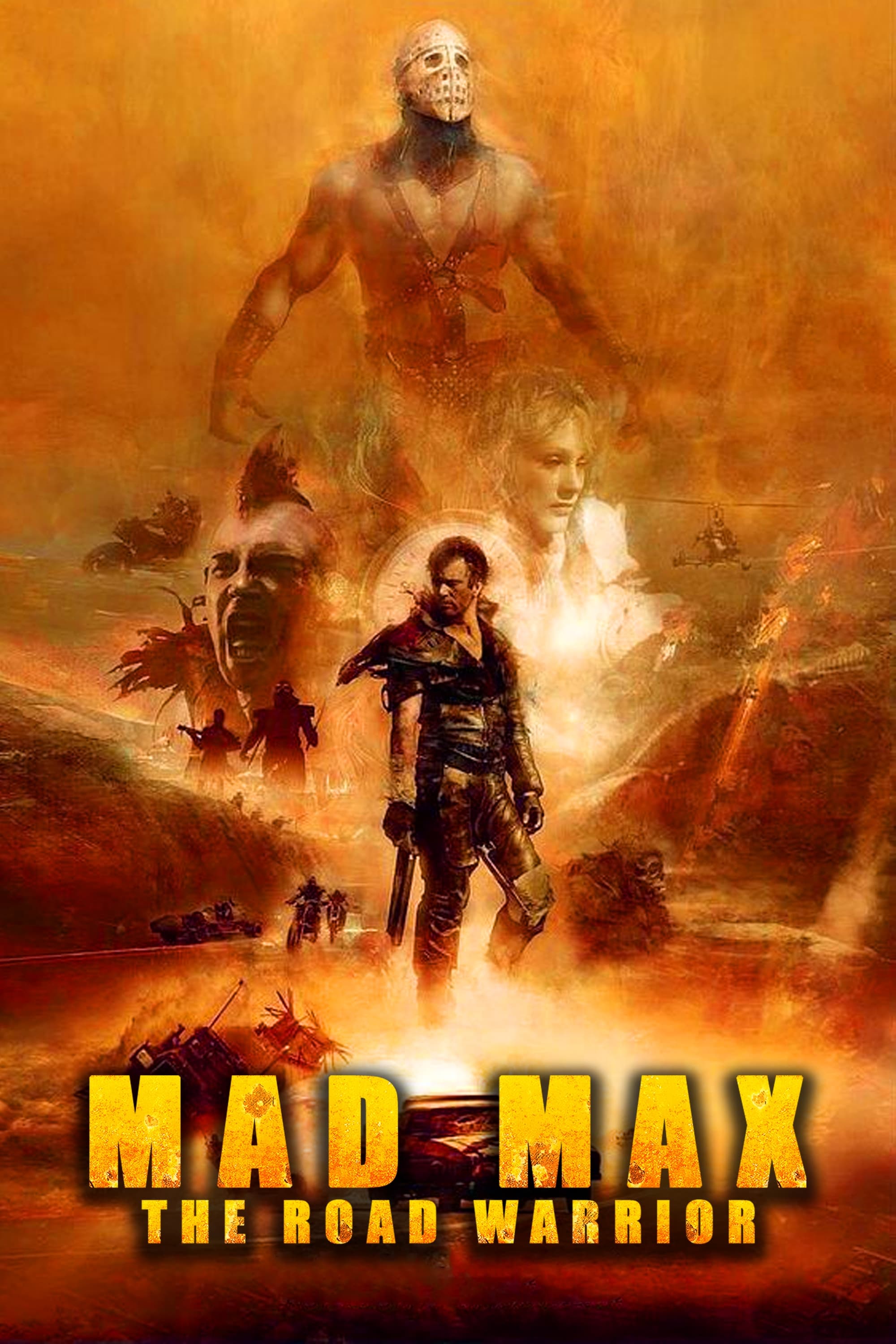
This ‘Mad Max’ sequel takes place in the Australian Outback, where a community fiercely protects its gasoline supply from roving bandits. The film features incredible stunt driving and realistic crashes that showcase the desperate fight for fuel. The settlement is designed for defense, with features like spiked barriers, rotating guard posts, and carefully planned convoys. The climax involves a dangerous tanker run, where the group uses clever decoys and makes tough choices about what resources to save while being chased.
‘Train to Busan’ (2016)
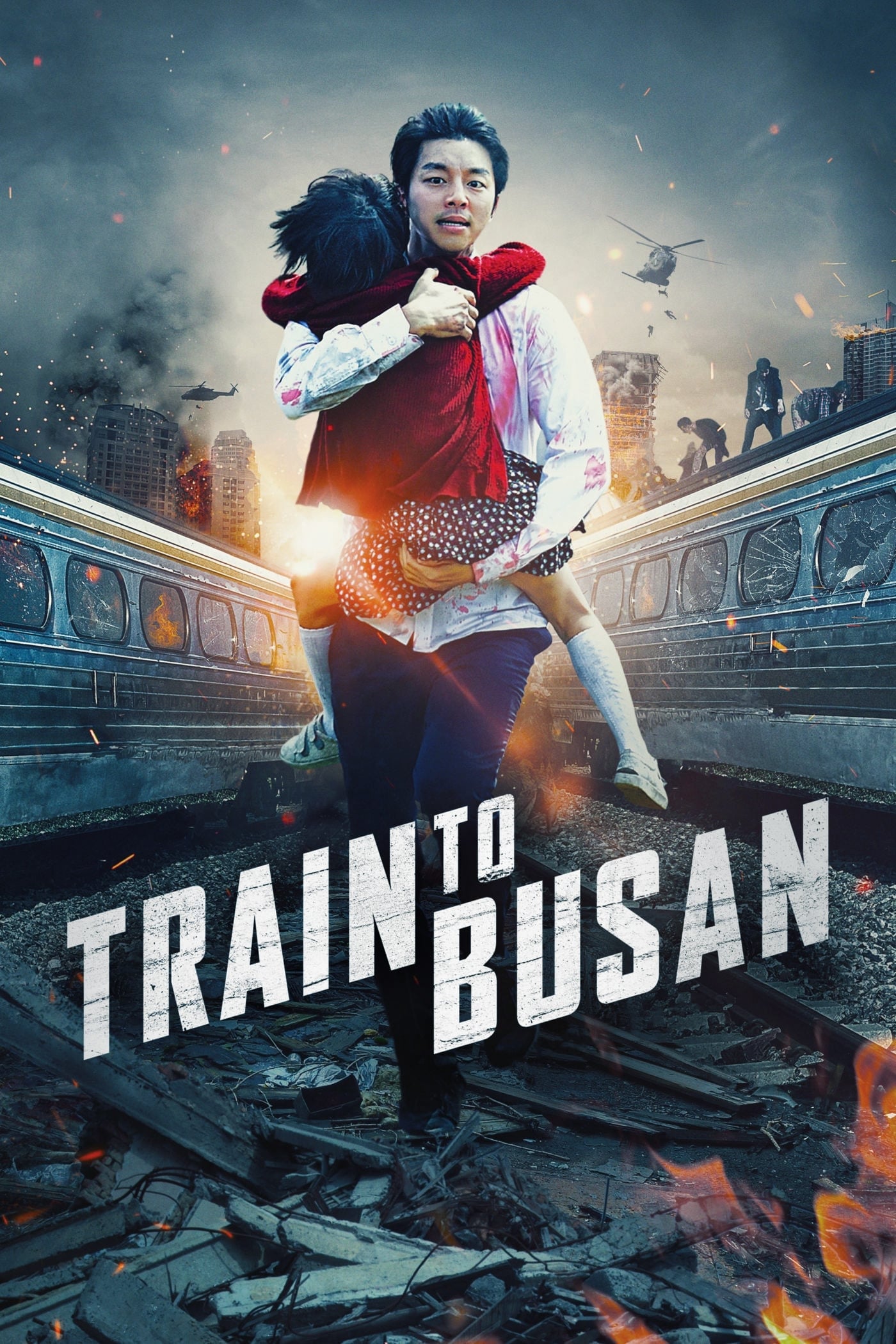
As a dangerous infection rapidly spreads through train stations, a father and daughter race to safety on a high-speed train. They must navigate the train’s layout like a puzzle, using the car sections and door controls to their advantage. The story focuses on the difficult decisions they face – who to help, how to lead others, and how to clear a path through the chaos – using whatever they can find as protection. Every stop, the timing of tunnels, and even the train’s bathrooms become vital for survival.
‘Dawn of the Dead’ (1978)
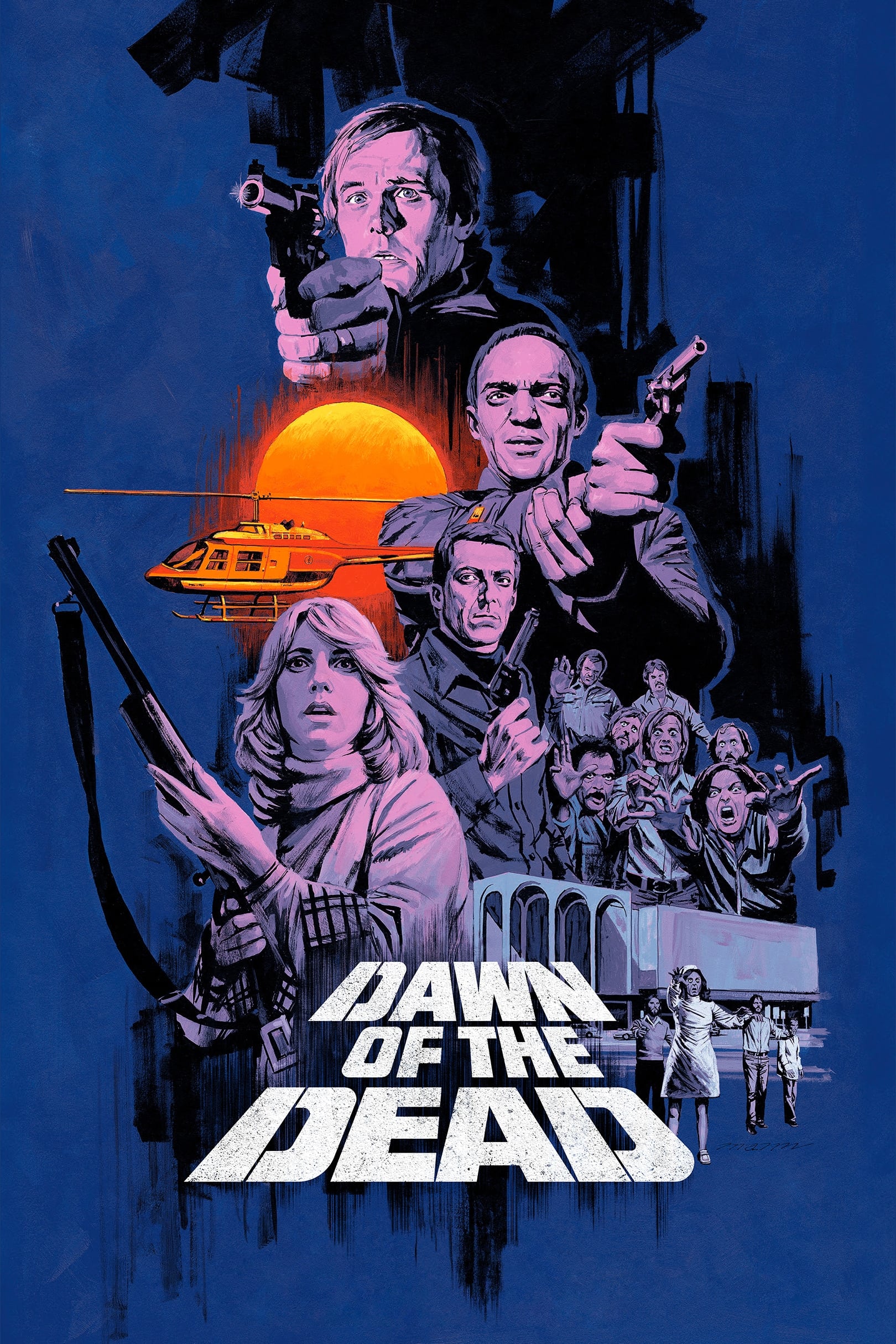
A group of people find refuge in a shopping mall, turning stores into a fortified base. The movie details how they build defenses, manage resources like generators and food, and create a self-sufficient community. They face challenges from attacking biker gangs, forcing them to test their defenses and plan escape routes. The film also explores how maintaining a sense of normalcy and enjoying small comforts can help people cope with constant danger.
‘Children of Men’ (2006)
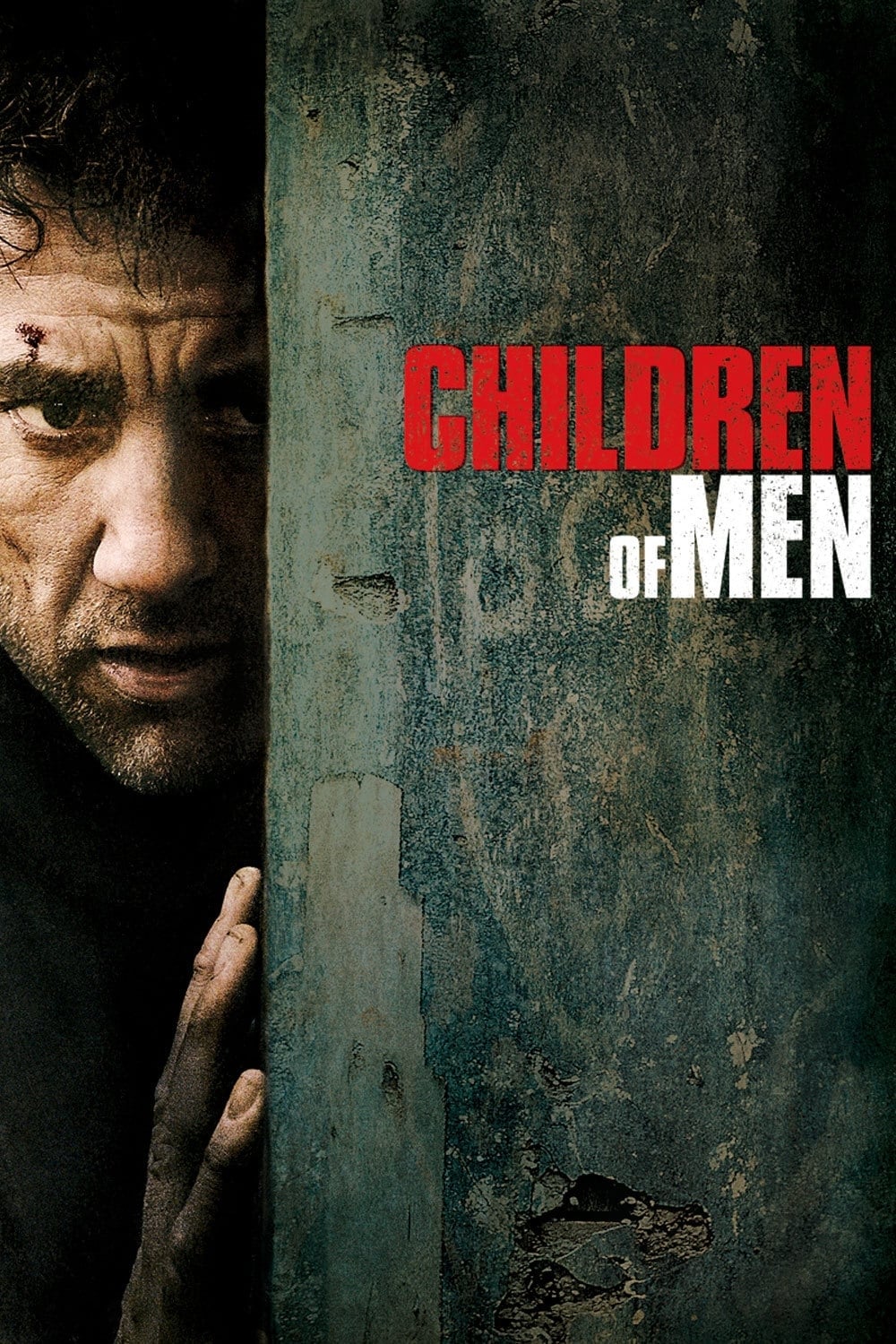
Imagine a future where no new babies are born. Governments become stricter with borders and increase detention centers, while illegal trade thrives. This film follows a small group as they guide a pregnant woman fleeing for safety, navigating checkpoints, dangerous city streets, and hidden shelters. The director uses long, unbroken shots to show how these events change everyday life – how checkpoints, military vehicles, and large crowds become the new normal. The story highlights the desperate measures people take to survive, like using fake documents, keeping medical information secret, and attempting risky escapes by sea.
‘Mad Max: Fury Road’ (2015)

Across the desert, rival groups battle for essential resources like gas, water, and farmland, using heavily modified vehicles. The filmmakers built functional cars and filmed thrilling chases with practical effects like harnesses and cranes. The story centers on a revolt against a supply network, which leads to the hijacking of a military convoy. The film details locations like fuel storage areas, narrow canyons, and dangerous sandstorms, almost like a detailed logistical map.
‘WALL·E’ (2008)
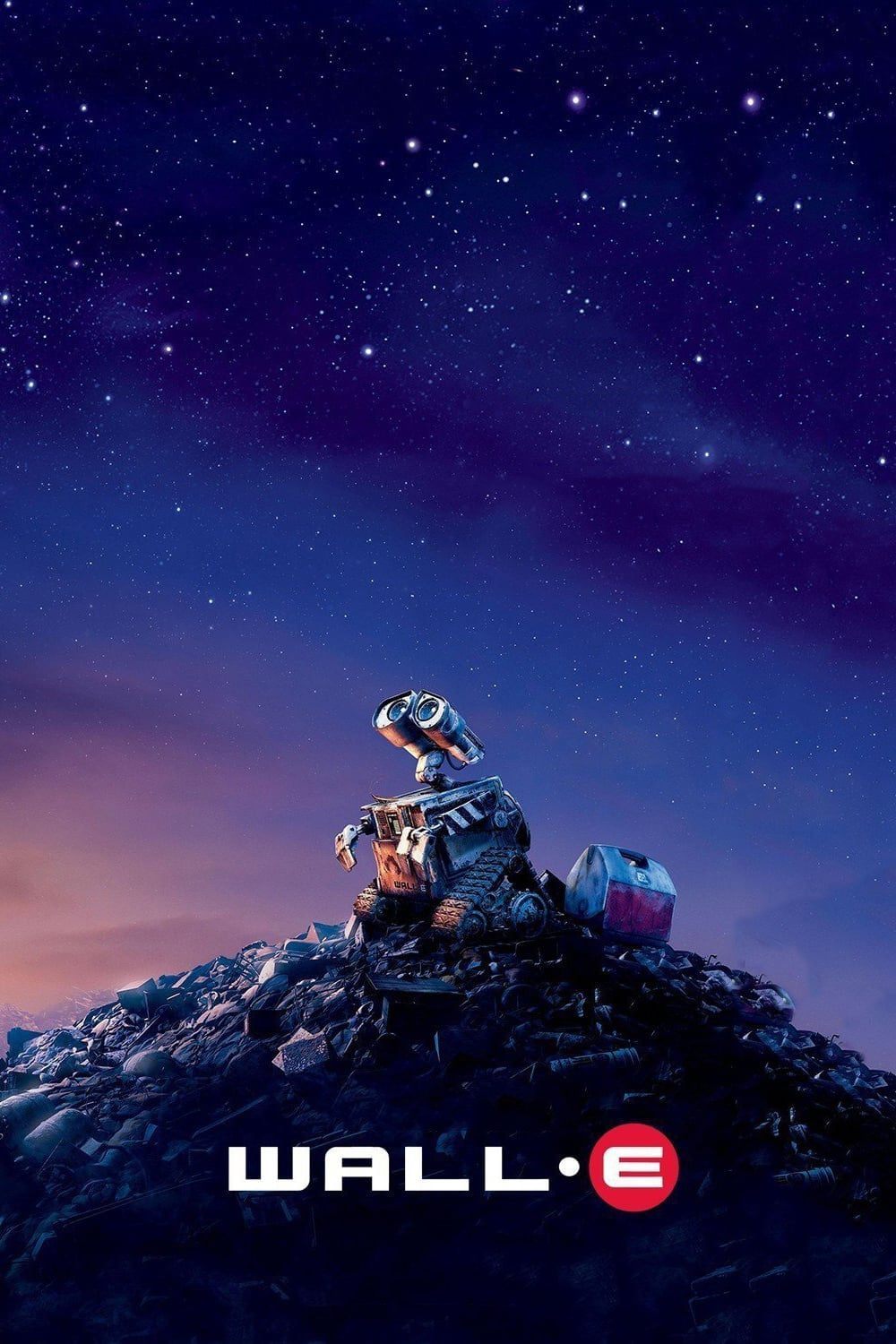
Long after Earth is buried in garbage, a solitary robot continues to compact waste and salvage relics, patiently awaiting instructions. Meanwhile, humans live on a self-sufficient spaceship, relying on robots for everything from movement to growing food. The story centers on a single plant that unexpectedly activates a return-to-Earth sequence, showing how even a tiny sign of life can awaken massive, long-dormant systems.
‘The Matrix’ (1999)

People are unknowingly living in a computer simulation, while machines are actually using human bodies as an energy source. A group of hackers can travel between different simulated worlds using old-fashioned phones, software glitches, and programs that instantly teach them new skills. The crew of the spaceship ‘Nebuchadnezzar’ operates with limited power, relies on defenses against electromagnetic pulses, and has strict protocols about disconnecting from the system. The story follows one person’s journey to understanding the truth and joining a larger underground movement that uses secret paths and a small fleet of ships to fight back.
Share your own must-watch end-of-the-world picks in the comments and tell us what we missed.
Read More
- Robert Kirkman Launching Transformers, G.I. Joe Animated Universe With Adult ‘Energon’ Series
- EUR TRY PREDICTION
- Avantor’s Chairman Buys $1M Stake: A Dividend Hunter’s Dilemma?
- NextEra Energy: Powering Portfolios, Defying Odds
- AI Stock Insights: A Cautionary Tale of Investment in Uncertain Times
- Hedge Fund Magnate Bets on Future Giants While Insuring Against Semiconductor Woes
- UnitedHealth’s Fall: A Seasoned Investor’s Lament
- The Illusion of Zoom’s Ascent
- Oklo’s Stock Surge: A Skeptic’s Guide to Nuclear Hype
- Ex-Employee Mines Crypto Like a Digital Leprechaun! 😂💻💸
2025-11-08 15:17